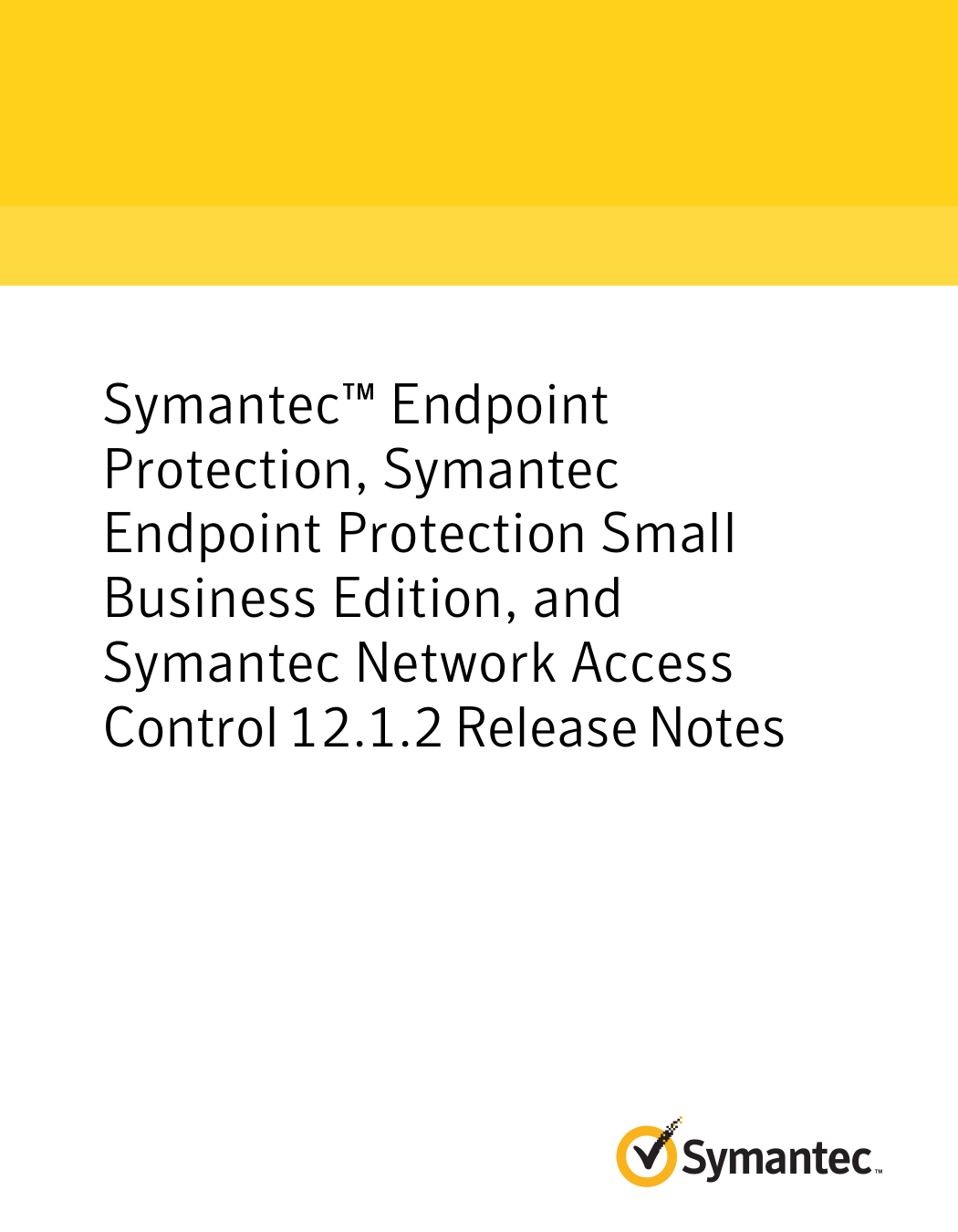
We`ve been testing all scenario`s disabling components of SEP. When SEP is installed including all obvious exceptions and even using the virtual image exception tool no significant change in performance is noticed. Without a SEP client installed everything is performing well and user experience feels like a persistent VDI. App Volumes and Symantec Endpoint Protection 14.x doesn`t seem to like each other. This is necessary because the systemextensionsctl command requests a password via dialog box.We`ve been troubleshooting slow login and poor application performance on our Non Persistent VDI for a while now. Please send feedback whether or not your installation of SEP has the same teamID.) Note that this command must be run by an admin user while logged into the OS X GUI.
Run systemextensionsctl uninstall 9PTGMPNXZ2. Launch terminal from the Utilities menu.Įnabled active teamID bundleID (version) name ĩPTGMPNXZ2 (10.0.0/10.0.0) Symantec System Extension. First, boot into recovery mode by restarting your Mac and hold Command+R as it boots. This requirement may be removed in future OS X releases, and it only needs to be done once. To use systemextensionsctl on OS 10.15, you need to disable System Integrity Protection. Install the sep tool as described above under Installation. OS 10.15 has started using systemextensionsctl to manage extensions, and Symantec is one of the first companies to use this. Sudo -u $real_user launchctl load /Library/LaunchAgents/. *plistĮcho $0: launching Symantec Endpoint Protection UI widget as $real_user *plistĮcho $0: loading Symantec Endpoint Protection shared settings daemon *plistĮcho $0: loading Symantec Endpoint Protection daemon Sudo -u $real_user launchctl unload /Library/LaunchAgents/. *plistĮcho $0: closing Symantec Endpoint Protection UI widget as $real_user Launchctl unload /Library/LaunchDaemons/. *plistĮcho $0: unloading Symantec Endpoint Protection shared settings daemon usr/local/bin/sep: launching Symantec Endpoint Protection UI widgetĮcho " $0: relaunching as sudo $0 $1 $USER "Įcho $0: unloading Symantec Endpoint Protection daemon usr/local/bin/sep: loading Symantec Endpoint Protection daemon usr/local/bin/sep: closing Symantec Endpoint Protection UI widget usr/local/bin/sep: unloading Symantec Endpoint Protection shared settings daemon usr/local/bin/sep: unloading Symantec Endpoint Protection daemon 
usr/local/bin/sep: relaunching as sudo /usr/local/bin/sep Myusername ALL= NOPASSWD: /usr/local/bin/sep Example me:~$ sep stop You need to add the following line to /etc/sudoers using sudo visudo tool:

If your user account is not a member of the admin group (i.e., not an OS X Administrator), This script enables you stop and start Symantec Endpoint Protection on OS X Installation sudo curl -o /usr/local/bin/sep






 0 kommentar(er)
0 kommentar(er)
